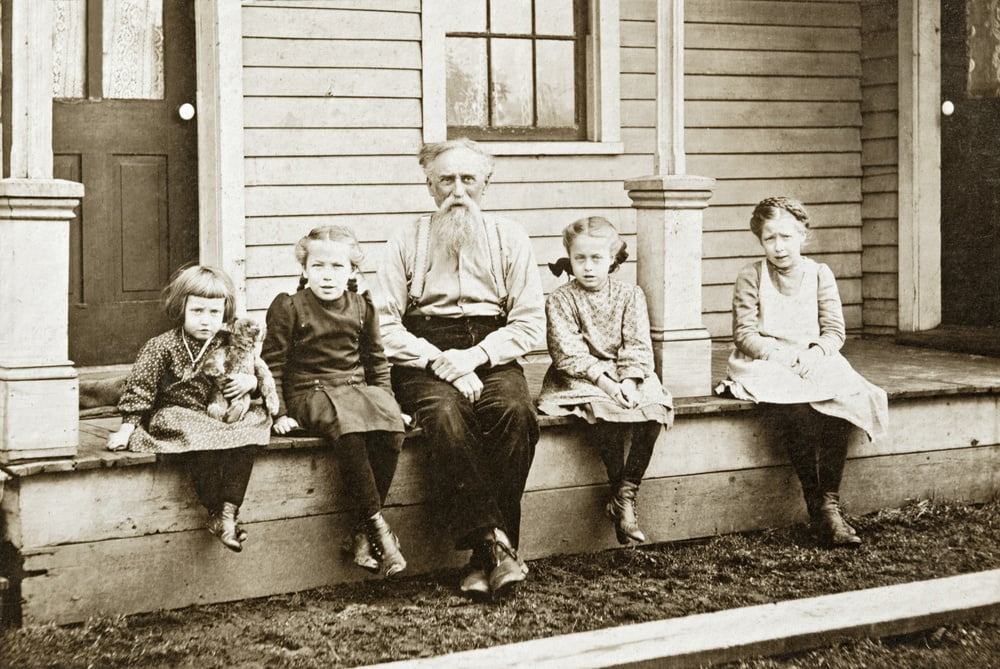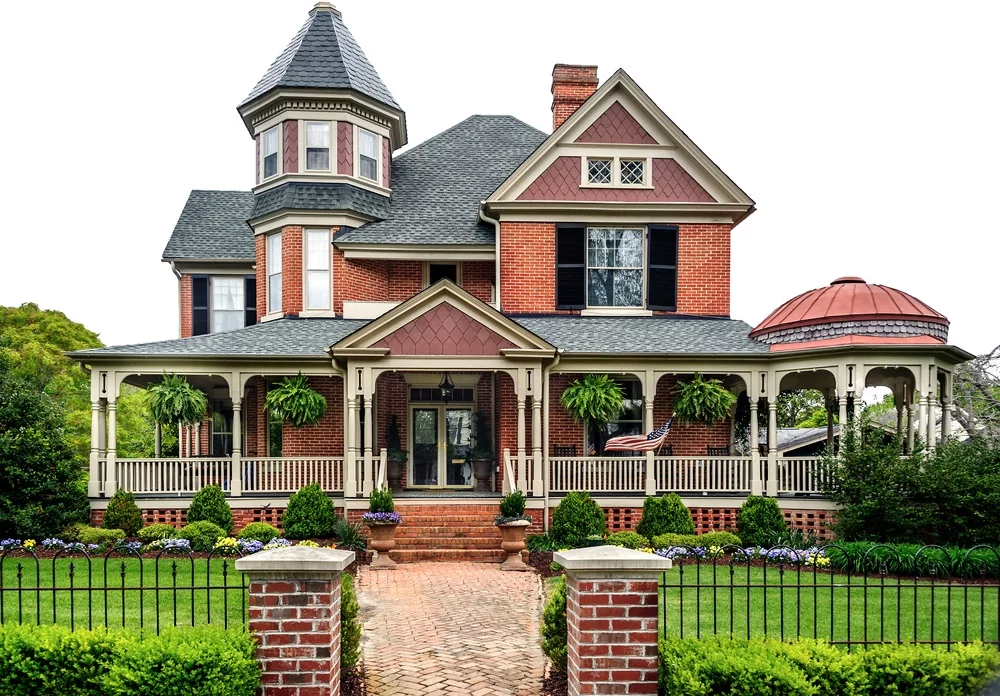
Landing the perfect investment property is always the dream for real estate investors. But, for some history fanatics, such as myself, the crown jewel of investment property is to find a historic home that’s tucked away; a gem that has been waiting for the day until someone, like you, finally comes along to restore it to its former glory.
This is perhaps one of the most admirable undertakings of investors, for if these historic homes are left in disrepair, they will waste away to become only broken shells of their past majesty. However, when taking on the task to restore historic homes, whatever you may have planned for the property, it’s important to respect the home’s essence and proceed with care and caution. Not to mention, if you’re lucky, there could be a treasure trove of historical relics and artifacts left behind by the original owners of the homes. (How fun!)
Here’re some tips to help you successfully restore a historic home to the splendor it deserves. That way, it may continue to stand in its elegance for another one-hundred years, or perhaps longer.
Restore or Rehabilitate. What’s the Difference?
There is actually a significant difference between the terms “restoring” and “rehabilitating” a house, and, for the sake of clarity, here’s a quick rundown of the terminology.
Restoring a home means you are returning the exterior and interior of the structure to its original appearance, often to a particular time period. When it comes to homes in historic districts or those with historical significance, there are strict guidelines as to what restorations may be made. While any work done to a property needs to meet code and permit requirements for the jurisdiction, there are even more guidelines for historic architectural standards that you need to consider.
For restoration and preservation, only changes that are in-line with the house’s history and time-period are permitted in most cases, all the way down to paint color and windowpanes. It is helpful to reach out to your town’s historic preservation societies regarding what steps you should take for the restoration. Often, they will be able to refer you to area contractors, consultants, and architects who have worked on historical restorations, and those who have expertise in historic preservation.
On the other hand, rehabilitating a house means you are renovating the home to make it functional for contemporary living, complete with modern amenities. While you may preserve important architectural and historical features, they often include updated appliances, technology, and electrical comforts.
Tips to Restore a Historic Home
1. Study the Home’s History, and Learn Its Story
There are plenty of resources where you can read up on your property’s history, such as the Internet Public Library. Here, you can find all sorts of resources regarding public records, former owner research, census records, and more. Once you are able to study the home’s history and discover its story, you can restore the structure to its period, and help showcase its history.
As for the more enthusiastic history sleuths, try asking neighbors who have been lifelong residents of the neighborhood, perhaps they know about the family who built the home or have memories of the property in its heyday. Title companies also keep important records, and, depending on how strict their rules may be, you can request copies of these, or at least to take a look at them. Try searching the web databases of your county for their public records. Most people don’t know that you are able to purchase deeds for other properties, and not just property you own.
With perseverance and some investigative work, you can find information on your house’s history. There are volumes of information out there just waiting to be found.
2. Study the Design and Craftsmanship of the Structure
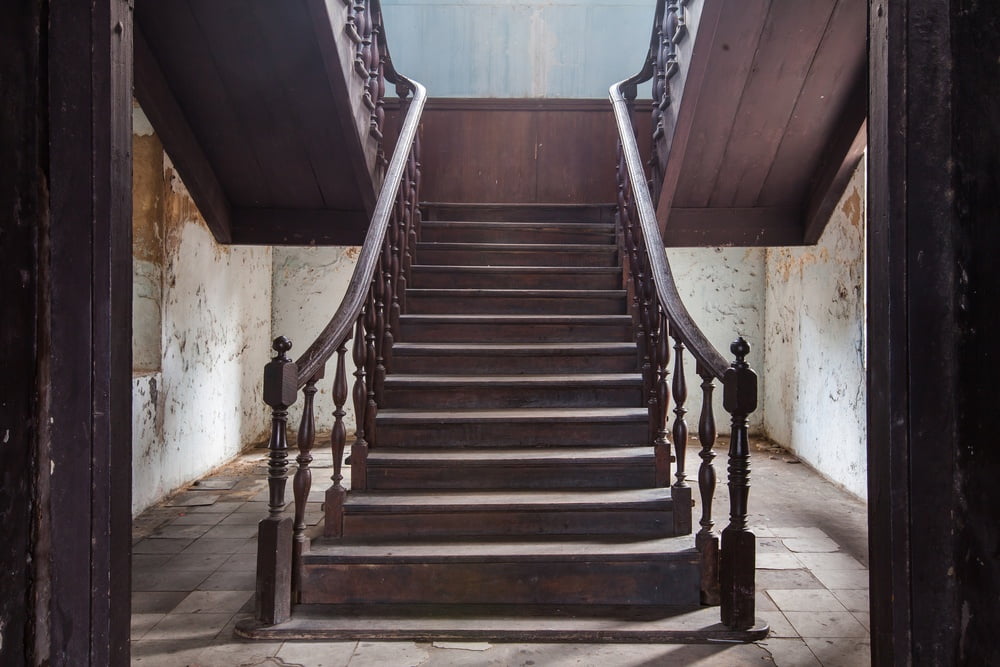
Before you start going through those paint swatches, or even pick up a hammer, take some time and evaluate the original workmanship of the home. Take note of the designs, the intricacies, and the materials used. Try your hardest to incorporate such details into your additions, for both the interior and exterior.
3. Stay True to the Period, Even When It Comes to Materials
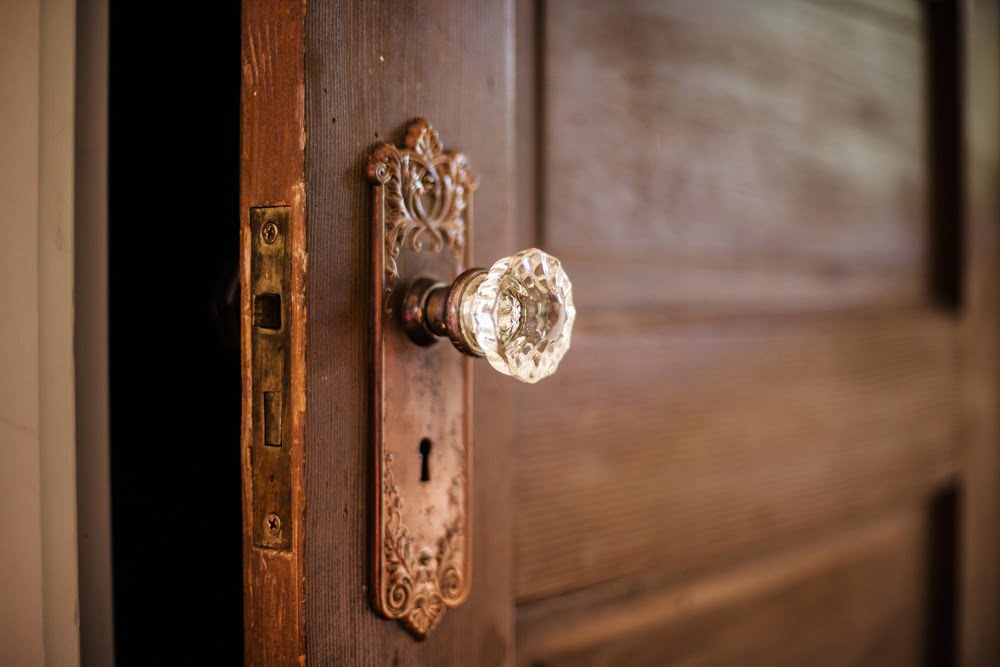
This may get pricey, but the finished product will be well worth the cost. Connect with a specialized contractor for historic restorations. They will know how to use the correct materials, colors, and textures that will give well-deserved justice to the structure and original design.
4. Modern Upgrades May Be Essential but Proceed with Care
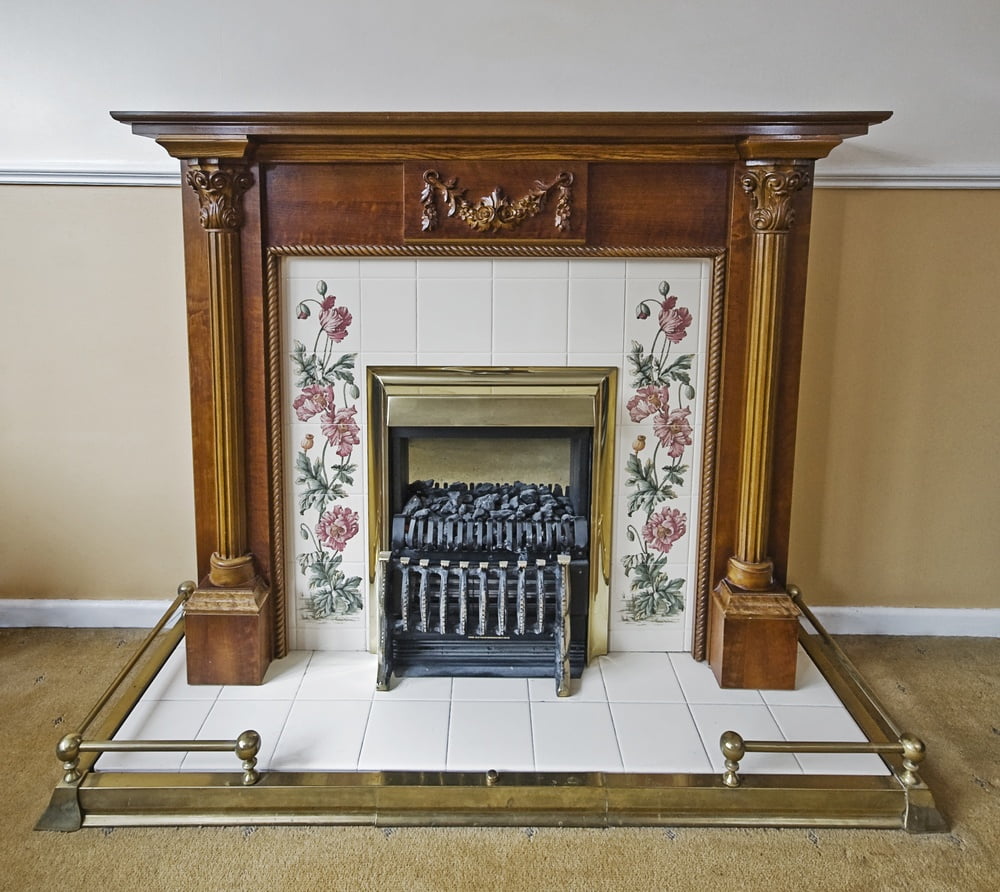
To restore the structure to its full potential, the key is to integrate the modern updates and amenities in a non-intrusive manner. Keep the technological developments to a minimum, or, at least put into harmony with the house’s design and style. The house’s charm is thanks to those historically significant features. Try your best not to alter the architecture or get rid of those unique details, instead, make them a highlight!
5. Stay True to the Home’s Character, Don’t Falsify the History
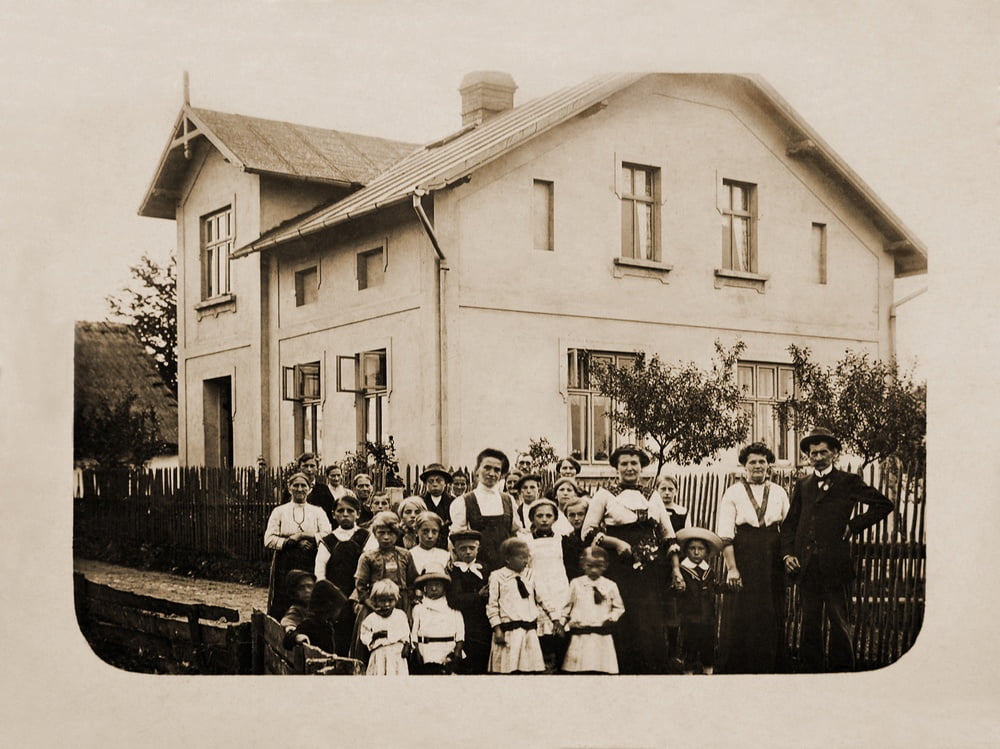
This, of course, could vary from owner to owner, but if you would like to fully embrace the history and character of your property, then you should make it a point to keep the original features visually distinct from your modern additions. This ensures that the house’s history is visible, and not lost among additions of walls, rooms, doorways, and the like.
It’s also common among restoration enthusiasts to avoid constructing additions that imply the home is from a different architectural period. If your plans include some significant room additions, stay true to the historical integrity of the home, down to the last detail. For example, if you are restoring an early 19th-century Victorian home, don’t add architectural designs that are in-line with an American romantic-style.
Is your next investment history in the making?
Restoration of a historic home is a massive undertaking, yes, and at times it can seem overwhelming. However, know that these structures depend on you to protect and celebrate the history they hold within their walls. For more information about how to get involved with the restoration of America’s endangered structures, the National Trust for Historic Preservation is a goldmine for history and heritage guides, as well as ways to get involved as an advocate.
Historic homes not only connect us to our past, but help us understand our culture. The restoration of historic homes can keep history alive, and will ensure their stories will remain a part of our lives for generations to come.
Get started on your own historical venture and get the funding you need to purchase your property and finance the repairs. It only takes 30-seconds to get pre-qualified for your own restoration financing, so you won’t let any more time pass you by!

